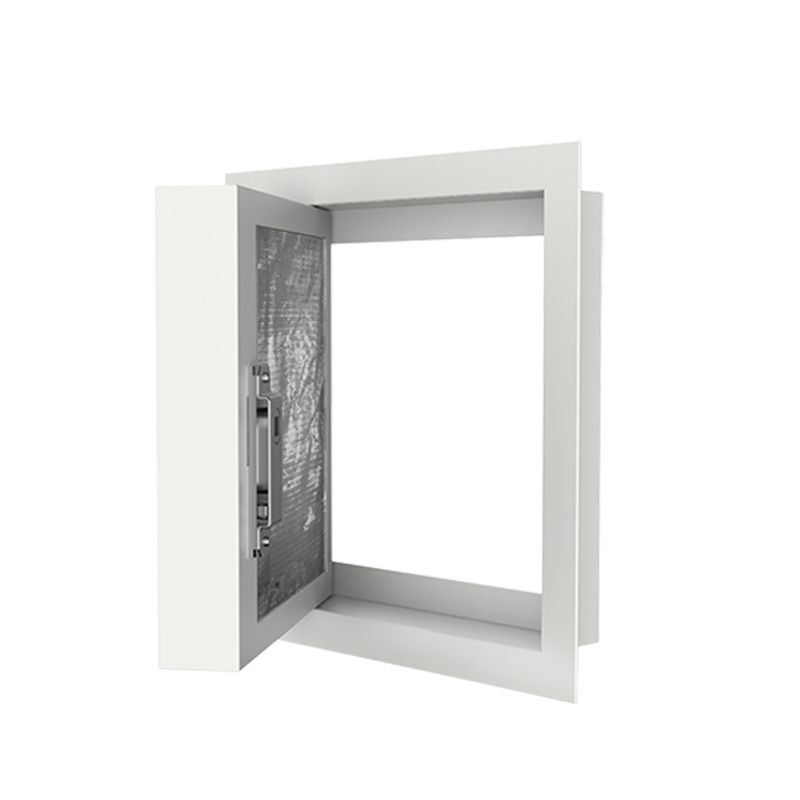Summary:Key Inspection Points:
Attachment Points:
Check that the safety wire is properly routed through the designated attachment points on the door frame ......
Key Inspection Points:
-
Attachment Points:
- Check that the safety wire is properly routed through the designated attachment points on the door frame and the door itself.
- Ensure the attachment points are not damaged, worn, or loose, which could compromise the wire's secure connection.
-
Tension and Tightness:
- Verify that the safety wire is properly tensioned, without any significant slack or looseness.
- Ensure the wire is not overly tight, as this could lead to premature wear or damage.
-
Twists and Connections:
- Inspect the twists, crimps, or other connections used to secure the ends of the safety wire.
- Look for any signs of loosening, unraveling, or damage to these critical connection points.
-
Wear and Corrosion:
- Examine the safety wire itself for any signs of wear, fraying, or corrosion that could affect its strength and integrity.
- Pay particular attention to areas where the wire may rub against the door, frame, or other surfaces.
-
Tamper Indicators:
- Check for any visual signs that the safety wire has been tampered with, such as breaks, missing pieces, or evidence of unauthorized access attempts.
-
Compliance with Standards:
- Ensure the safety wire installation meets any industry-specific regulations, building codes, or manufacturer's recommendations.
If any issues are identified during the inspection, the safety wire should be promptly repaired, replaced, or re-installed as necessary to maintain the overall safety and security of the access door.


 English
English 简体中文
简体中文










